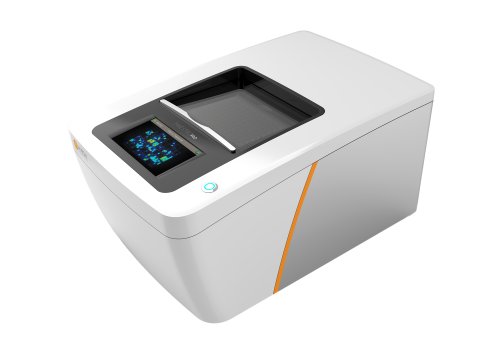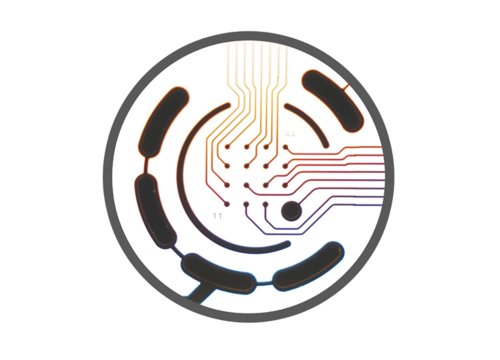Authors: Weihua Zhang, Liming Yu, Jie Pan, Jiajia Deng, Xianqin Tong, Bingjiao Zhao, Wen Liu, Liangyan Sun, Menghan Zhang, Xinxin Han, Tingjiao Liu, Yun Lu, Jiao Li, and Yuehua Liu
Nature Communications, 30 September 2025
Scientists develop a human motor assembloid-on-a-chip system, using Axion’s Lumos optical stimulation system for Maestro MEA to reveal how hypoxia disrupts neural control of muscle activity.
Pathological hypoxia—especially intermittent hypoxia (IH)—is known to disrupt communication between the brain and muscles, but studying these mechanisms in a human-relevant system has been challenging. Traditional organ-on-a-chip models often rely on complex fabrication methods and specialized materials that limit accessibility. To address this challenge, researchers in this study developed a readily fabricated human motor assembloids-on-a-chip platform that enables controlled study of neuromuscular interactions and disease processes such as IH.
To demonstrate the functionality of their system, the team co-cultured skeletal muscle and motor assembloids in a geometrically engineered microenvironment. Using Axion BioSystems’ hands-free Maestro Pro multielectrode array (MEA) platform, they recorded real-time electrophysiological activity to monitor the strength and coordination of neuromuscular connections. Optogenetic stimulation with the Maestro-compatible Lumos device provided precise, light-based control of neuronal firing, allowing the researchers to observe how hypoxic conditions alter neural input and muscle response.
This innovative assembloid-on-a-chip approach brings together the accessibility of simple fabrication with the physiological depth of organoid models. As the authors note, “this platform provides a powerful tool for studying human neuromuscular physiology and pathophysiology,” offering new possibilities for modeling disease and testing potential therapies in a human-relevant context.


